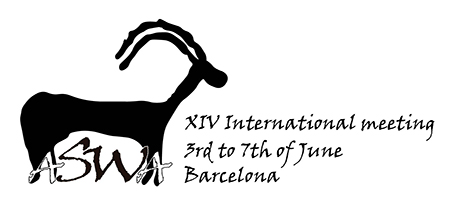The Kura-Araxes – also known as the Early Transcaucasian phenomenon – is an archaeological complex, in which Early Bronze Age migrants from the South Caucasus expanded through southeastern Anatolia, the Iranian plateau, the Amuq plain and as far as the Southern Levant during the 3rd millennium B.C.E.
Tel Bet Yerah (Sea of Galilea) presents the most southerly point of expansion. Tel Bet Yerah is unique among all known Kura-Araxes sites in that it shows the side-by-side habitation of migrants and the local population at this Early Bronze Age urban center (2770 B.C.E – 2400 B.C.E). The plaza, SA-M, at Tel Bet Yerah has been identified to act as an occupation area for the Early Transcaucasian migrants (Kura-Araxes) reaching and settling the site in the Early Bronze Age III (2900-2700 B.C.E).
My research represents a zooarchaeological analysis of the faunal assemblage from the plaza. Insights into the subsistence strategies and the social and cultural processes, the Early Transcaucasian migrants had in place in the southern Levant in relation to cattle husbandry, are presented. This paper is will explore the zooarchaeological and material evidence for the use of cattle for transportation and mobility among the Kura Araxes. Kura-Araxes subsistence strategies at Tel Bet Yerah gives key insights into the concept of ‘diaspora' in prehistory.

 PDF version
PDF version
